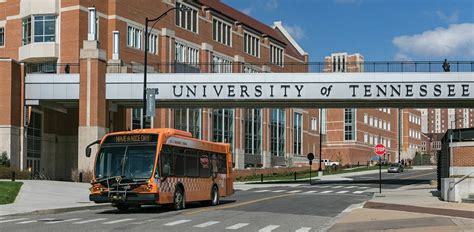Introduction

Dual enrollment programs allow high school students to simultaneously earn college credits while completing their high school diplomas. By partnering with reputable educational institutions like Kennesaw State University (KSU), students can gain a competitive advantage and pave the path to academic success. This article explores the benefits, eligibility requirements, and practicalities of dual enrollment at KSU.
Benefits of Dual Enrollment at KSU
- Academic Acceleration: Students can earn up to 30 hours of college credit before graduating high school, potentially shortening their college journey.
- Cost Savings: Dual enrollment credits are typically less expensive than traditional college courses, saving students and their families substantial tuition costs.
- Enhanced Curriculum: Access to college-level coursework expands students’ knowledge base and prepares them for the rigors of university life.
- Early Exposure to University: Students gain firsthand experience of the university environment, fostering self-confidence and a smooth transition to college.
- Improved College Admission Chances: Strong dual enrollment performance can enhance college applications and increase chances of admission to top universities.
Eligibility Requirements
To be eligible for dual enrollment at KSU, students must meet the following criteria:
- Maintaining a GPA of 3.0 or higher
- Passing scores on standardized tests (ACT or SAT)
- Recommendation from their guidance counselor
- Completion of specified prerequisites for desired courses
Course Selection
KSU offers a wide range of dual enrollment courses across various disciplines, including:
- Arts and Humanities
- Business and Economics
- Science and Technology
- Social Sciences
- Engineering and Computer Science
Students can choose courses that align with their interests and academic goals.
Tips for Success
- Prepare thoroughly: Review course materials, attend preparatory workshops, and seek guidance from instructors.
- Stay organized: Manage your time effectively, prioritize assignments, and establish a consistent study schedule.
- Engage in class: Participate actively, ask questions, and seek clarification when needed.
- Utilize campus resources: Access tutoring, academic advising, and other support services offered by the university.
- Maintain a positive attitude: Embrace the challenge of dual enrollment and view it as an opportunity for growth and enrichment.
Common Mistakes to Avoid
- Underestimating the workload: Dual enrollment courses require significant time and effort. Avoid overloading your schedule with too many courses.
- Ignoring prerequisites: Ensure you meet all course prerequisites to avoid academic setbacks.
- Procrastinating: Tackle assignments promptly and avoid last-minute cramming.
- Isolating yourself: Seek support from peers, teachers, and parents throughout the program.
- Losing focus on high school: While dual enrollment is valuable, don’t neglect your high school responsibilities.
Creative Applications
Dual enrollment can be leveraged in innovative ways to enhance your educational journey:
- Advanced Placement Program (AP): Prepare for college-level exams while earning dual enrollment credits.
- International Baccalaureate (IB): Earn college credit for completing specific IB coursework.
- Early College Programs: Enroll in full-time college coursework while still attending high school.
- Summer College Programs: Gain a head start on college during summer academic sessions.
- College-Bound Scholars Program: Participate in mentorship and research opportunities alongside university faculty and students.
Conclusion
Dual enrollment at KSU is an exceptional opportunity for high school students to accelerate their academic progress, save costs, and prepare for college success. By carefully considering the eligibility requirements, selecting appropriate courses, and following success strategies, students can maximize the benefits of this transformative program. Embracing the challenge and utilizing the resources available will enable students to thrive in dual enrollment and reach their full academic potential.
Additional Tables
| Table 1: Dual Enrollment Success Rates | Source |
|---|---|
| 85% of dual enrollment students graduate from college within six years | National Center for Education Statistics |
| 70% of students who take dual enrollment courses earn a college degree | College Board |
| Table 2: Cost Comparison of Dual Enrollment vs. Traditional College Courses | Source |
|---|---|
| Average cost of a dual enrollment credit | $150-$250 |
| Average cost of a traditional college credit | $500-$1,000 |
| Potential savings per credit hour | $350-$750 |
| Table 3: Dual Enrollment Course Offerings at KSU | Source |
|---|---|
| Arts and Humanities | |
| – English | |
| – History | |
| – Music | |
| Business and Economics | |
| – Accounting | |
| – Finance | |
| – Marketing | |
| Science and Technology | |
| – Biology | |
| – Chemistry | |
| – Physics | |
| Social Sciences | |
| – Psychology | |
| – Sociology | |
| – Political Science | |
| Engineering and Computer Science | |
| – Computer Science | |
| – Engineering Design | |
| – Electrical Engineering |
| Table 4: Dual Enrollment Success Tips | Source |
|---|---|
| Set realistic goals | |
| Develop a study schedule and stick to it | |
| Seek help from teachers and peers when needed | |
| Take advantage of campus resources | |
| Maintain a positive attitude |
